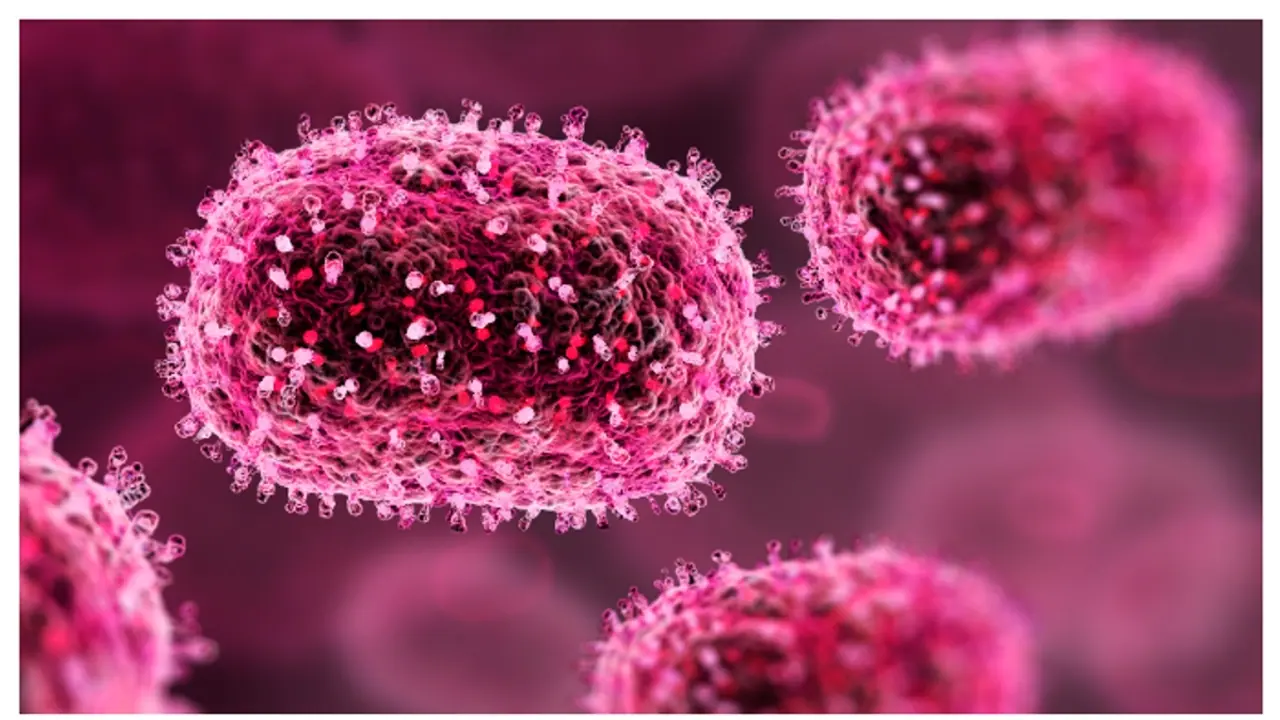Kerala reports its second monkeypox case, a young man from Ernakulam who returned from abroad. He's undergoing treatment at a private hospital. This follows the first case, a 38-year-old Malappuram man who traveled from UAE, confirmed after showing fever and chickenpox-like lesions.
Thiruvananthapuram: Kerala has confirmed its second monkeypox case, with a young man from Ernakulam testing positive for the virus. The patient, who recently returned from abroad, is currently undergoing treatment at a private hospital.
Also Read: Kerala to issue revised Mpox guidelines following first confirmed case of new strain

This latest diagnosis follows the first reported case in the state, involving a 38-year-old man from Malappuram who had travelled from the UAE. Initially, the individual was placed under observation due to symptoms of fever and lesions resembling chickenpox. Subsequent tests confirmed the presence of the monkeypox virus.
With two cases now reported in Kerala, health authorities are on high alert, monitoring potential contacts and implementing measures to prevent further transmission.
What is Monkeypox?
Initially, monkeypox was a zoonotic disease transmitted from animals to humans. However, it has now evolved into a disease that can spread directly between humans. Although its severity is lower, monkeypox shares symptoms with smallpox, caused by the orthopoxvirus, which was declared eradicated worldwide in 1980.
Transmission
Unlike COVID-19 or H1N1 influenza, monkeypox is not an airborne disease. The likelihood of transmission increases through close contact with an infected person, including face-to-face interaction, direct skin contact, sexual contact, and touching contaminated items like bedding or clothing, especially when safety guidelines are not followed.
Symptoms
Initial symptoms include fever, severe headache, body aches, back pain, muscle pain, and fatigue. Within a week of fever onset, rashes and red spots start appearing on the body, often on the face, arms, and legs. These lesions can also manifest on the palms, genitalia, and eyes.
